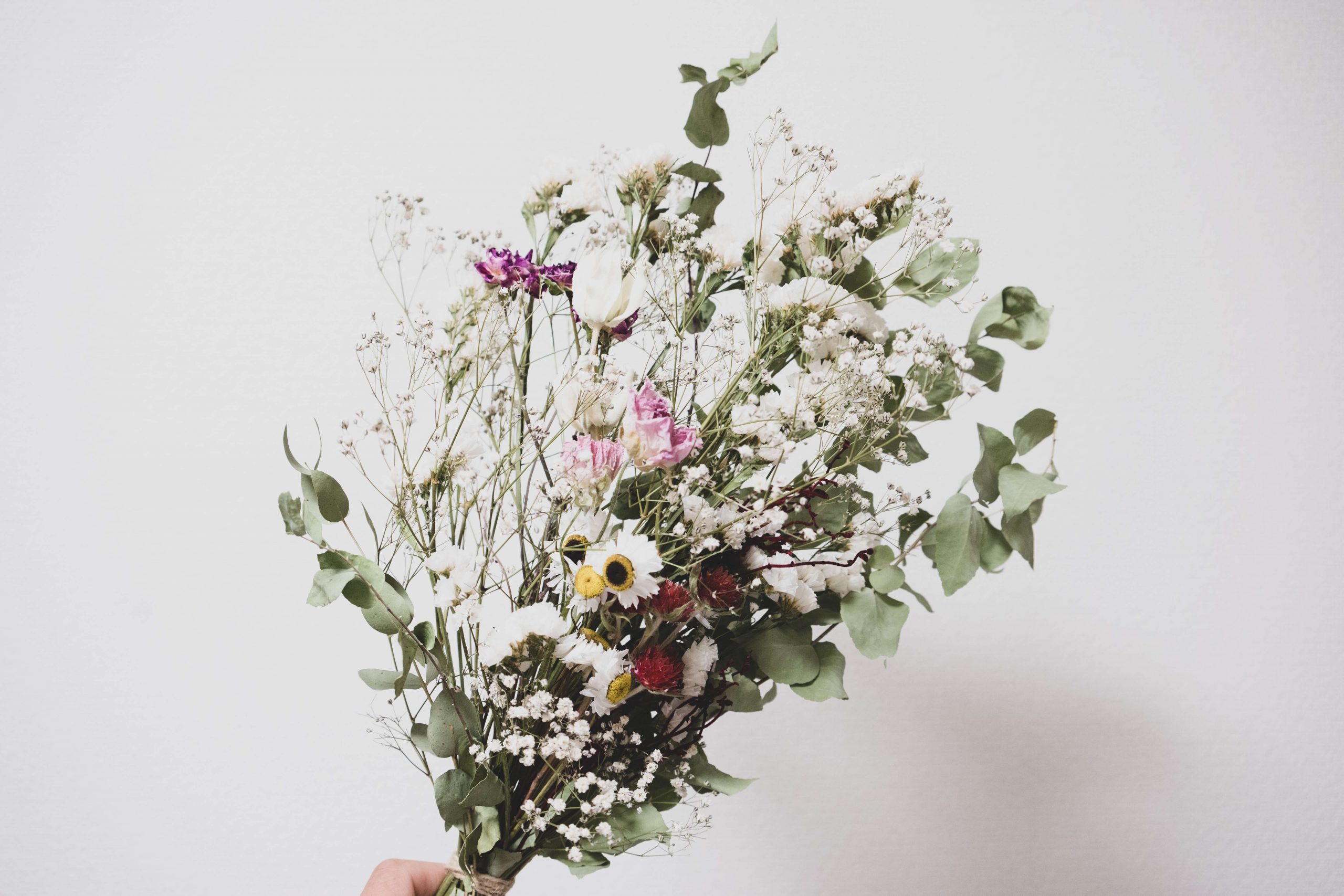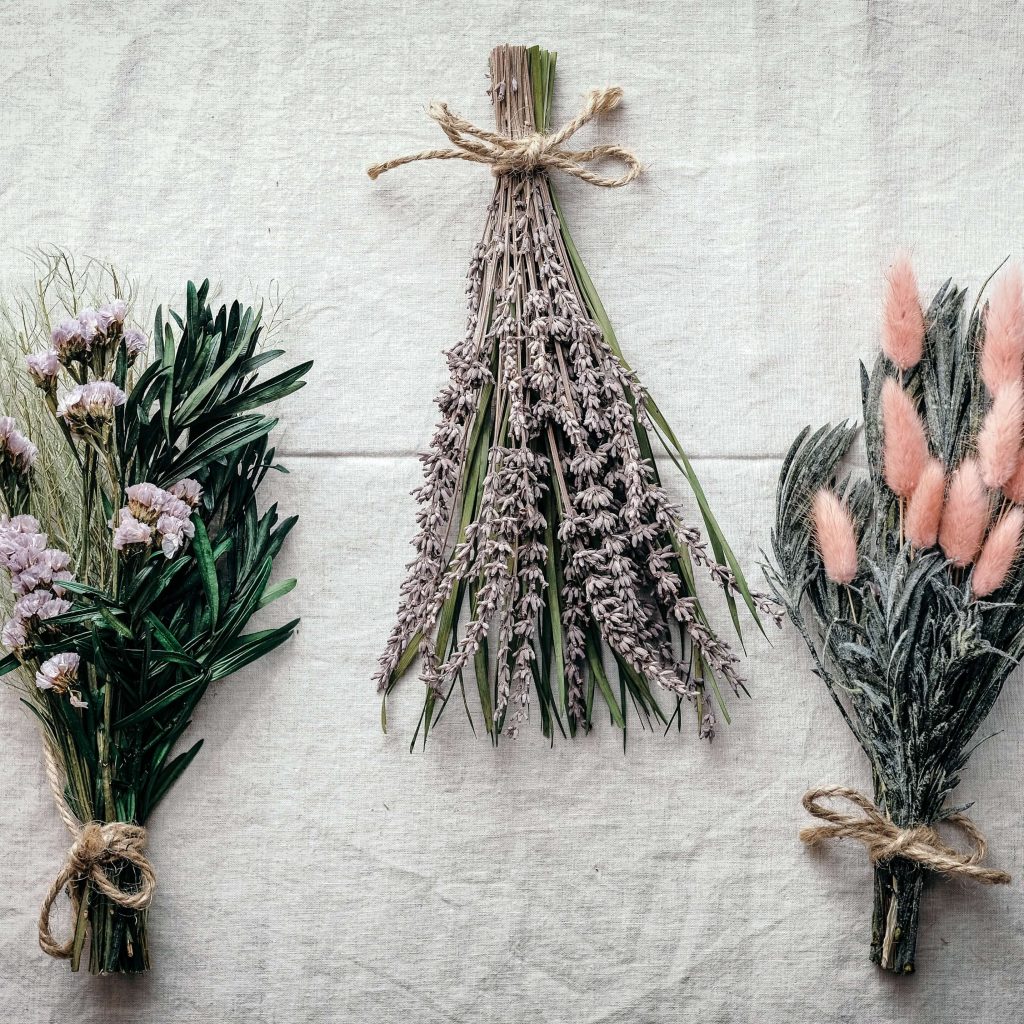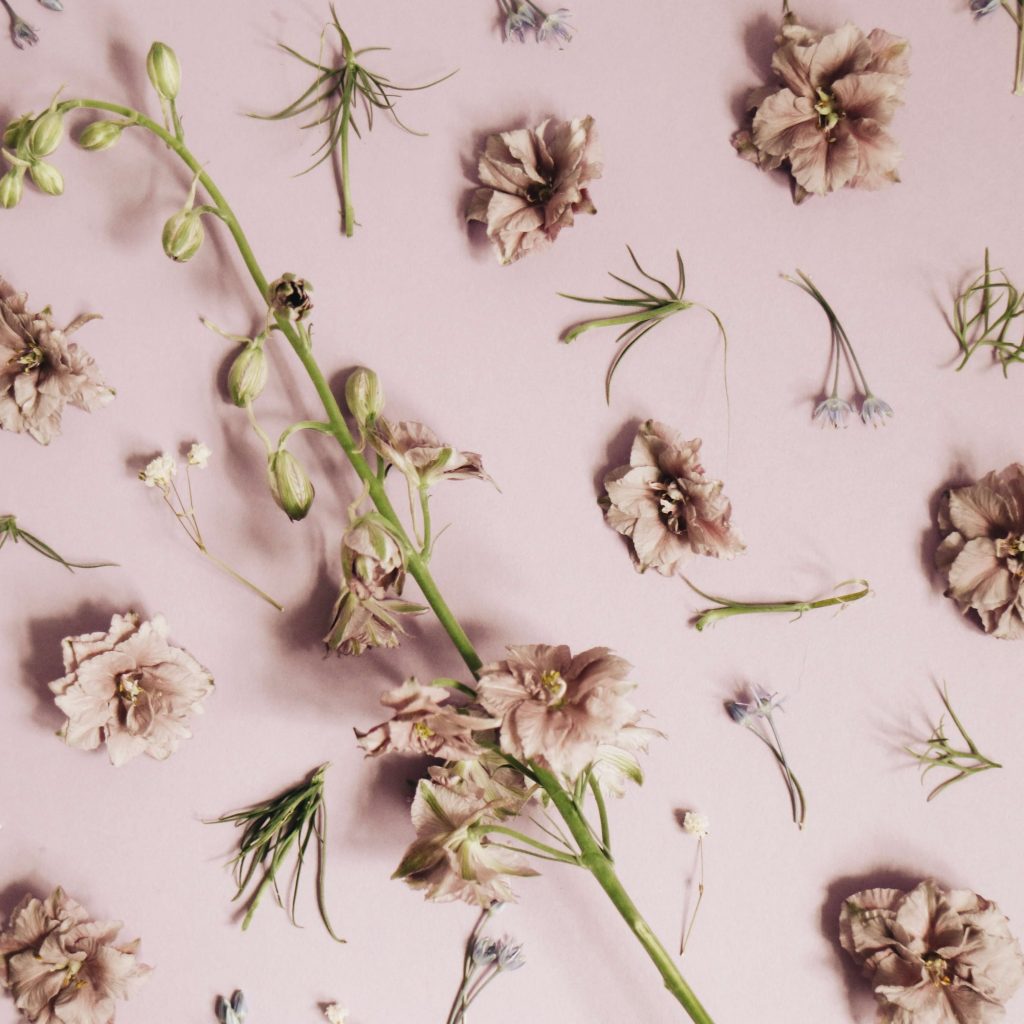
Drying flowers is the best and cheapest way to preserve them. How to preserve what is fleeting? Some simple tips on how to tackle this activity at home.
Hands up who hasn’t done a herbarium at least once in their life! For many of us, drying leaves was a compulsory element for a science or biology credit at school. The technique was usually simple: leaves in newspaper and we put books on top of it all. Few of us realized that this was one of many drying techniques – drying plants flat. Today it is about this method, but in the context of more delicate structures – flowers.
Depending on what kind of flowers we want to dry, we need to choose the right technique for it. And there are many techniques for drying flowers. For such plants as e.g. roses, lavender, gypsophila, heather it will be suitable drying herbaceous, that is, suspended from the ceiling with the inflorescence down. Some species can be dried standing up. After such drying, hydrangeas, grasses with stiff stems, or decorative garlic will look beautiful
There are also more professional methods of drying flowers. One of them is the use of silica gel. By using this substance, which phenomenally absorbs moisture, we can get a beautifully preserved flower in terms of structure and color in a relatively short time. It is enough to place the chosen plant in a container, cover it with silica gel and close tightly. After about 1-2 weeks we take the flower out of the box and it’s ready. Today, however, a bit more about more time-consuming drying of delicate plants such as field flowers, daisies, ferns or pansies.

Flat drying is a trivially simple method and we don’t need any specialized equipment for it. In the basic version, all you need is:
Lay the flower flat on the paper and cover it with another sheet. On it put another flower, again the paper, and so on until the stocks of flowers run out. The whole load solidly, for example, a few bulky volumes and arm yourself with patience. From time to time you can peek into the flowers to control the drying process.
